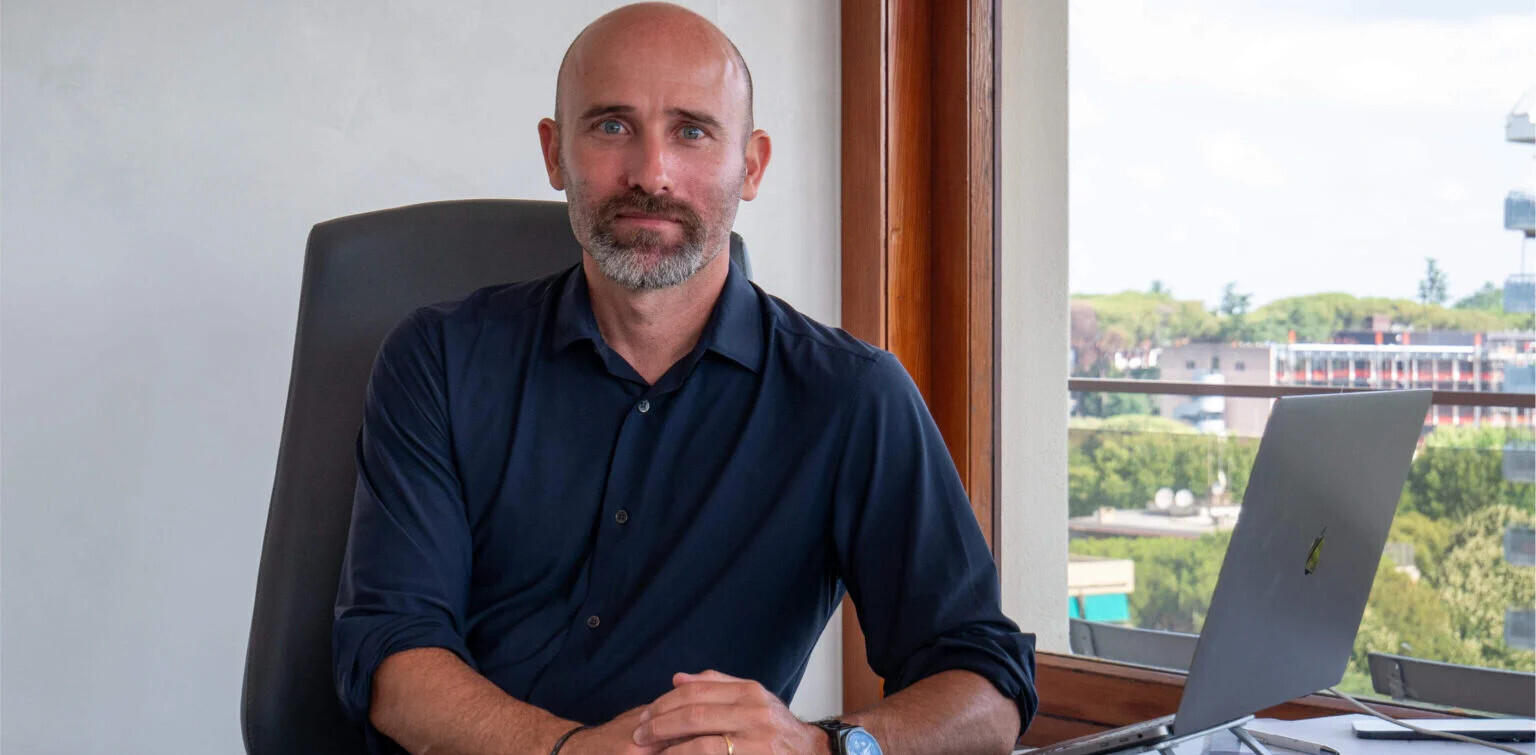
Growing a startup ecosystem can sound daunting — you’ve got to attract talent, streamline regulations, build capacity, ensure sufficient capital — and a quick glance at the Global Startup Ecosystem Report from my organization, Startup Genome, might not disabuse you of the notion. For our latest edition, released September 22nd, we analyzed 280 ecosystems, crunched data on 3 million startups, and used more than 100 metrics to quantify their performance.
As Startup Genome’s founder and CEO I’m here to offer a simplified view of startup ecosystem building. But, keep in mind, although it may sound simple, it’s not easy! You can broadly conceive of the process as following three basic steps.
Step 1: Build Critical Mass
As my professor Michael Porter used to say, startup ecosystems are essentially just industry clusters. That means that, at the beginning, growing an ecosystem is basically a local matter. It’s about fostering a private community with a common objective — to build innovative technology startups that will become an engine of economic growth and job creation. That’s why, at Startup Genome, we say startup ecosystems are economic communities.
Whether you’re a policy maker, local leader, or entrepreneur with big dreams for your hometown, your first focus is growth: to build a sizeable and tight-knit community of entrepreneurs with supporters around them and the right culture of learning, experimentation, and mutual support.
The only way to get a critical mass of people to start on the very risky entrepreneurial journey, and others to join them on that journey, is to offer them tangible support. Think of it as building private sub-communities that support the community of entrepreneurs at the center. This is why support organizations—acceleration and incubation programs, as well as places to work and gather—are key.
Capital is the most sought after form of support, so developing communities of investors is very important as well. Remember that 2+2 does not necessarily equal 4. Connections amplify impact. Each of these sub-communities need to connect and learn from each other to help support entrepreneurs and startups.
Covid-19 has made it clearer than ever that the transition to a digital economy and the health of entrepreneurial innovation ecosystems will be the most important engine of all our economies. Public and private leaders have a vested interest in doing this work to catalyze the development of their ecosystems, and they’re not flying blind.
After 25 years of experimentation by governments and agencies, we—the big “WE”—have accumulated a wealth of information about what policies and programs actually work and which ones don’t. Local leaders should learn from global experiences and implement global best practices, then use their knowledge to tailor and adapt those best practices to the local context and culture.
The ultimate goal of all this work is the same — to grow a critical mass of several hundred startups, so that the ecosystem starts to become capable of producing $50 million to $100 million exits.
Step 2: Tear Down Barriers
In the beginning, the focus is on growing the startup ecosystem — simply creating more startups and growing the sub-communities of support. As the ecosystem heats up, the role of local leaders must shift to identifying the biggest barriers to success—which we call Success Factor Gaps—and tearing them down. But before you can close gaps, you must have clarity on where they are.
We’ve spent a lot of time working with ecosystem builders and innovation agencies to develop the first and still the only objective, data-driven assessment of success factor gaps in startup ecosystems so that governments can focus their scarce resources on what is not working and avoid meddling in what is.
Leaders should also work to identify and build on the strengths of their ecosystem from a vertical or horizontal point of view, like Fintech or AI. It’s simple: we achieve a higher return on investment when we bet on our strengths. We call this analysis the Innovation Edge framework. With this in hand, we can further focus our actions, save money and time, and foster more startup success.
Step 3: Plug Into The World
Finally, once an ecosystem is truly cooking, it enters the globalization stage. Then government’s role shifts from local to working globally to develop what we call ‘Global Connectedness’, i.e. relationships between entrepreneurs (and investors and experts) in the local ecosystem and entrepreneurs in leading hubs around the world.
The first reason to create these connections is to attract global knowledge and develop relationships that will allow an ecosystem’s startups to achieve Global Market Reach. Local players need to learn what’s going on in the rest of the world, so they don’t copy business models that have already been done, or have already failed.
The collision of a new business model with global customers and the understanding of their top-of-mind needs is a prerequisite to building a global category leader that will create massive economic impact and job creation. According to Steve Blank’s ‘Customer Development process’ and Eric Ries’ ‘Lean Startup methodologies,’ to build a global product you need to work with global customers from the onset. This is the crucial beginning of a successful global market reach journey.
The result of all this hard work should be an ecosystem that is a dynamic engine of innovation, jobs, and economic growth, and later a magnet for talent and capital. Getting to this stage isn’t easy, but it’s not magic either.
The path to creating a globally-competitive startup ecosystem is long, arduous, and specific to each particular locality. But after decades of careful analysis of what’s worked and what hasn’t on a worldwide basis, it is well codified. Local leaders just need the commitment to adapt tried-and-tested strategies to their particular context.
Get the TNW newsletter
Get the most important tech news in your inbox each week.






